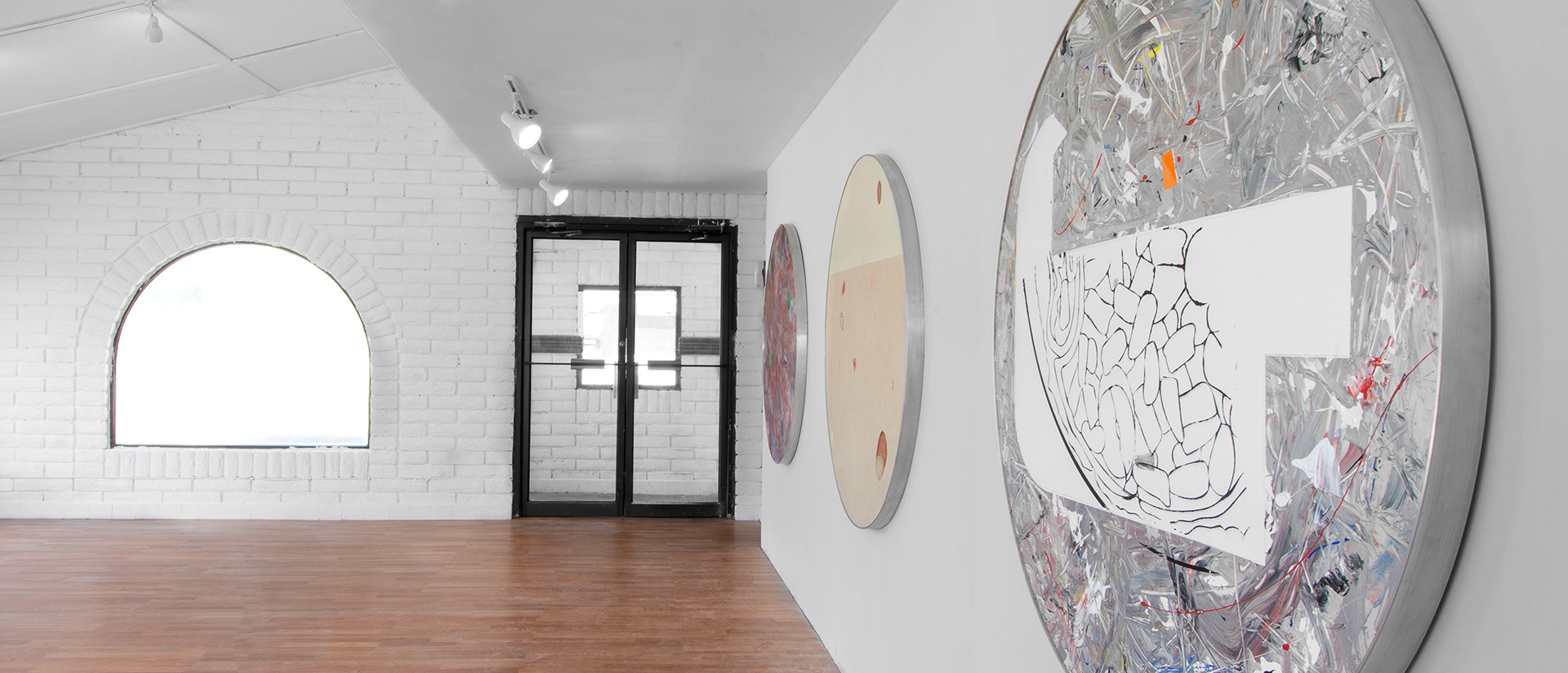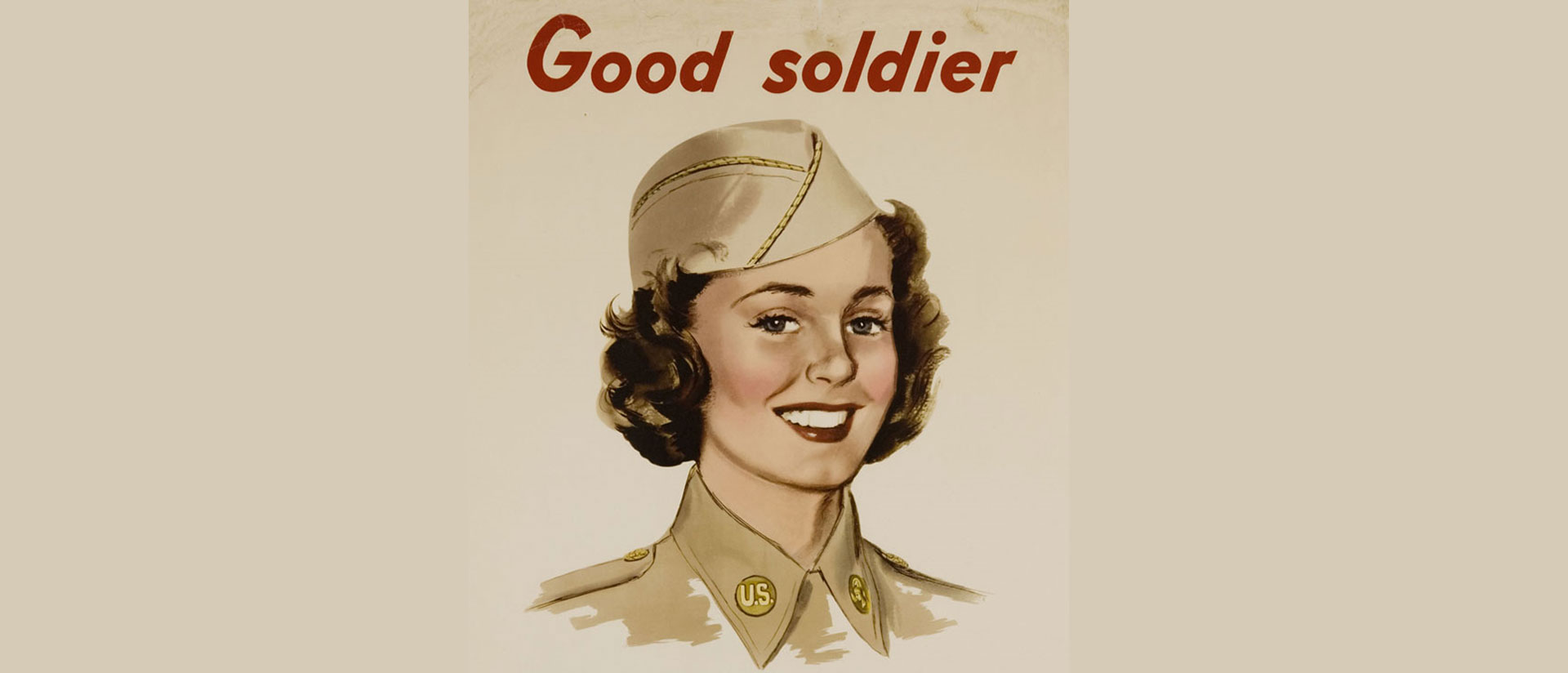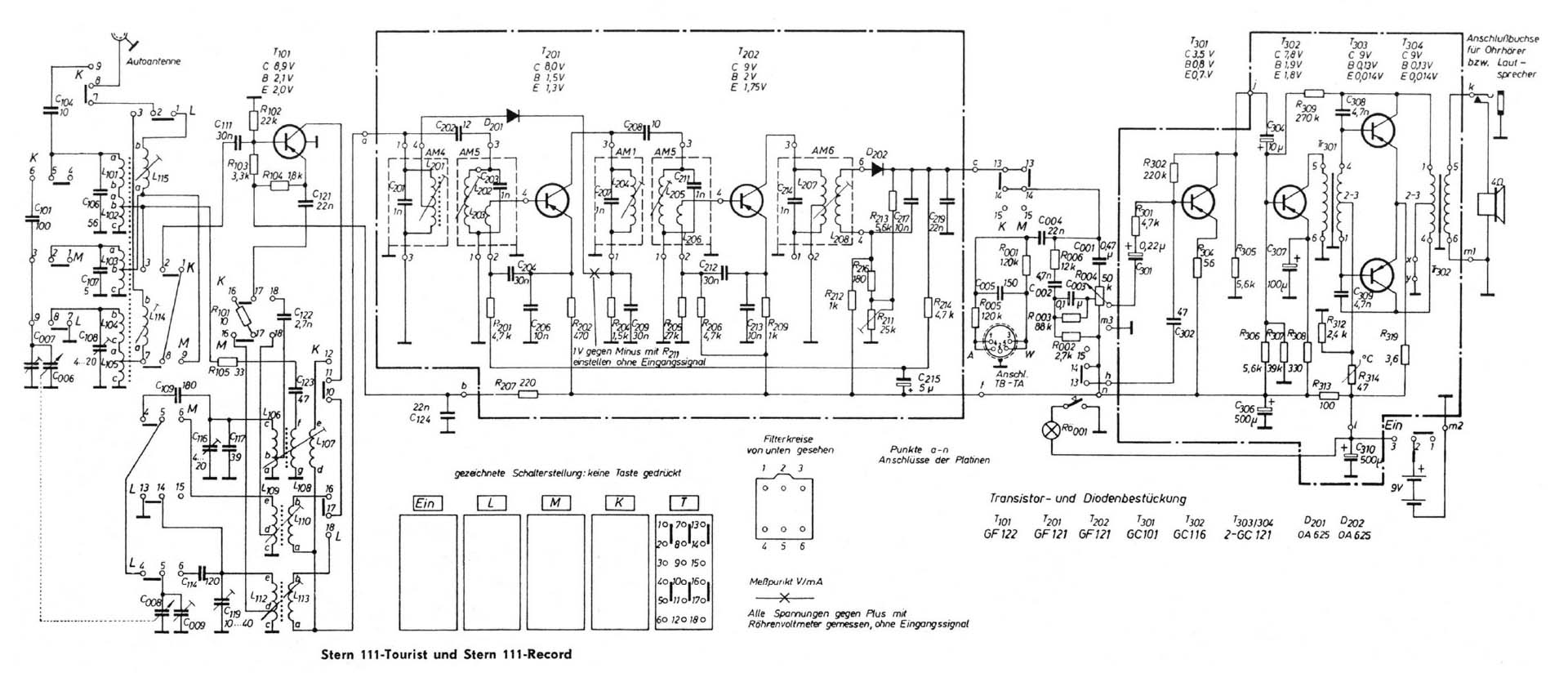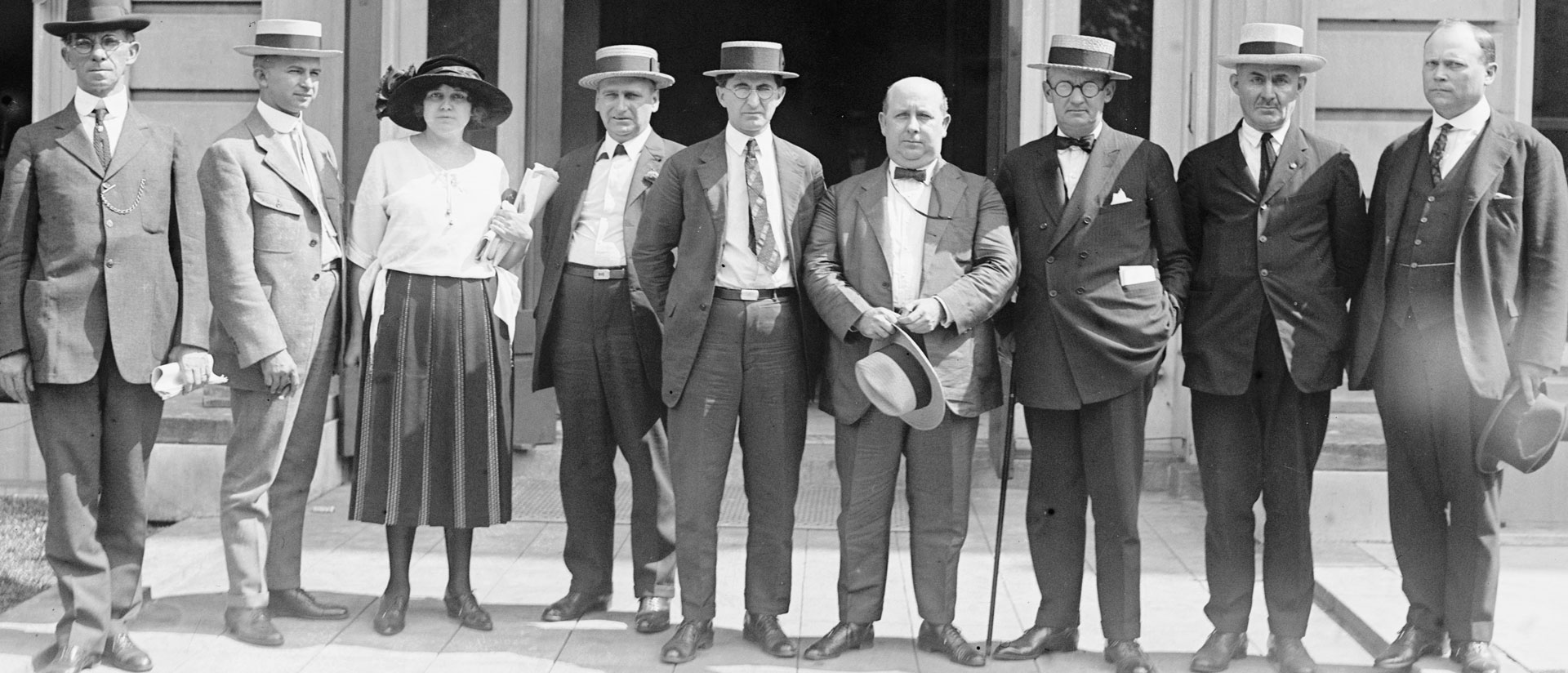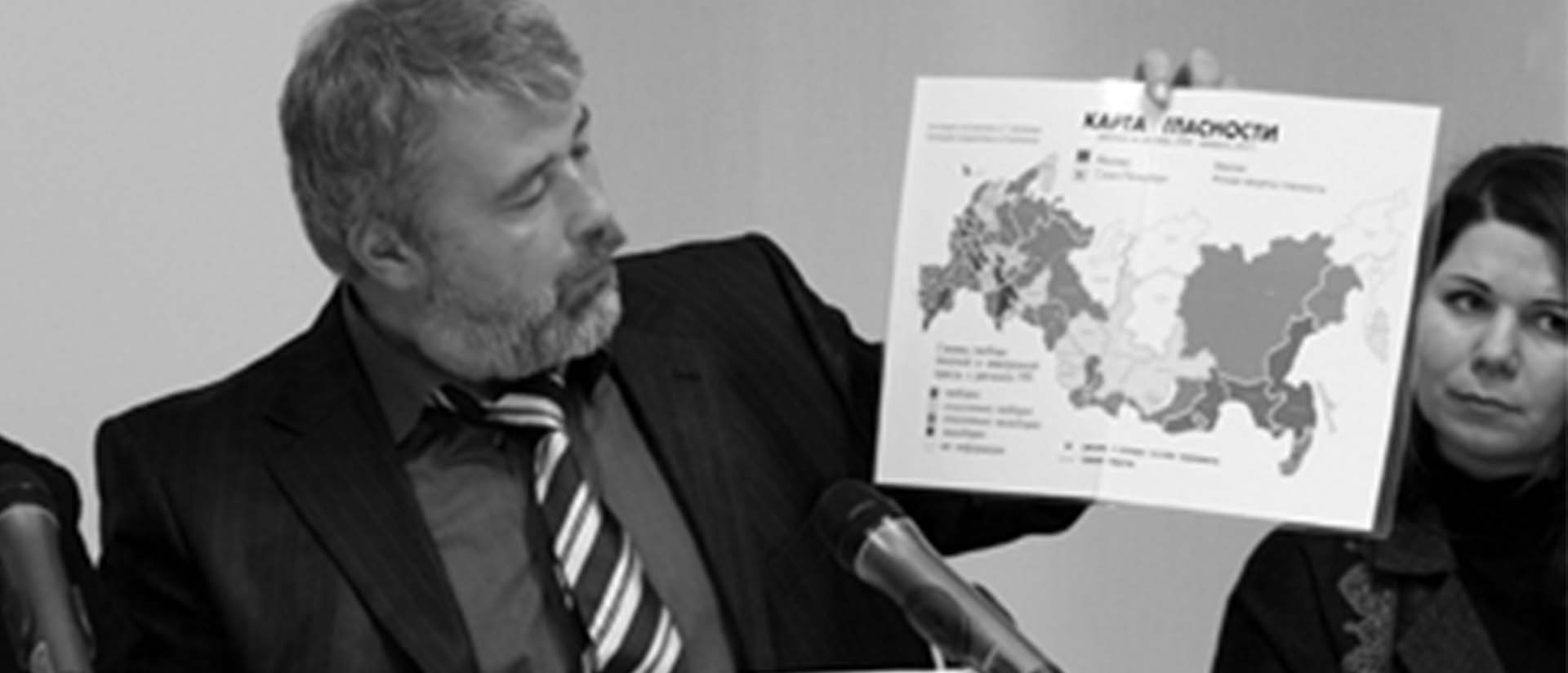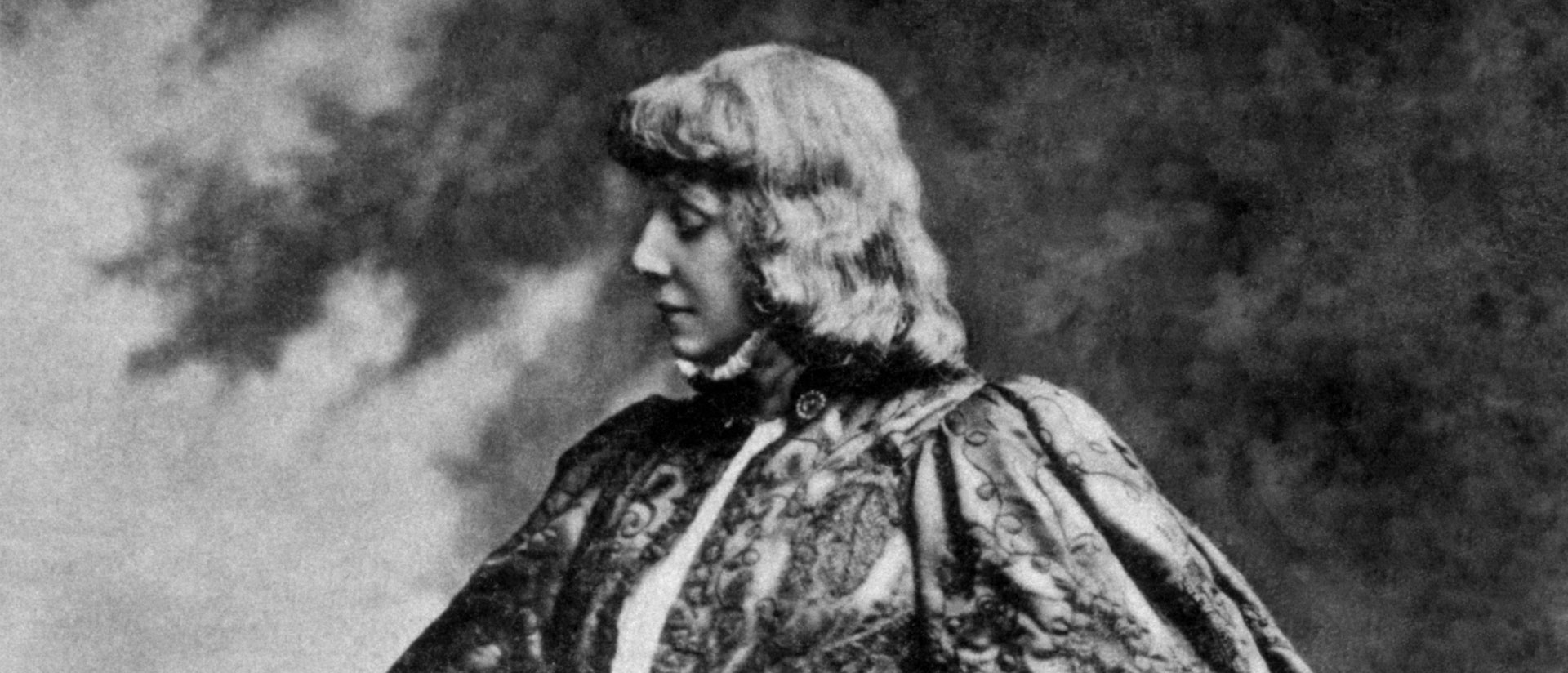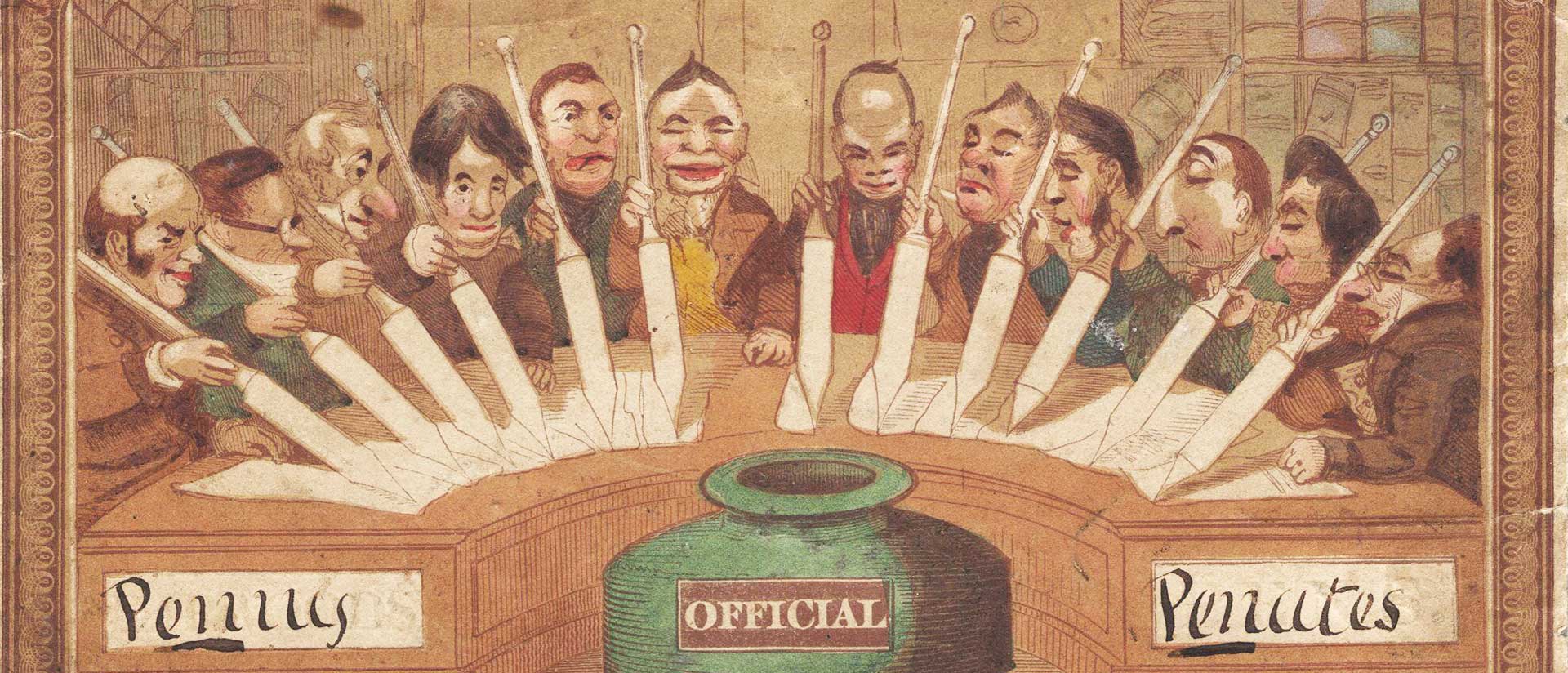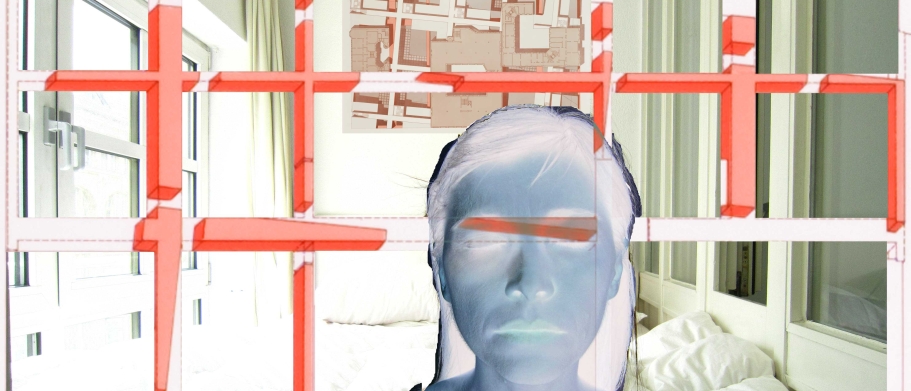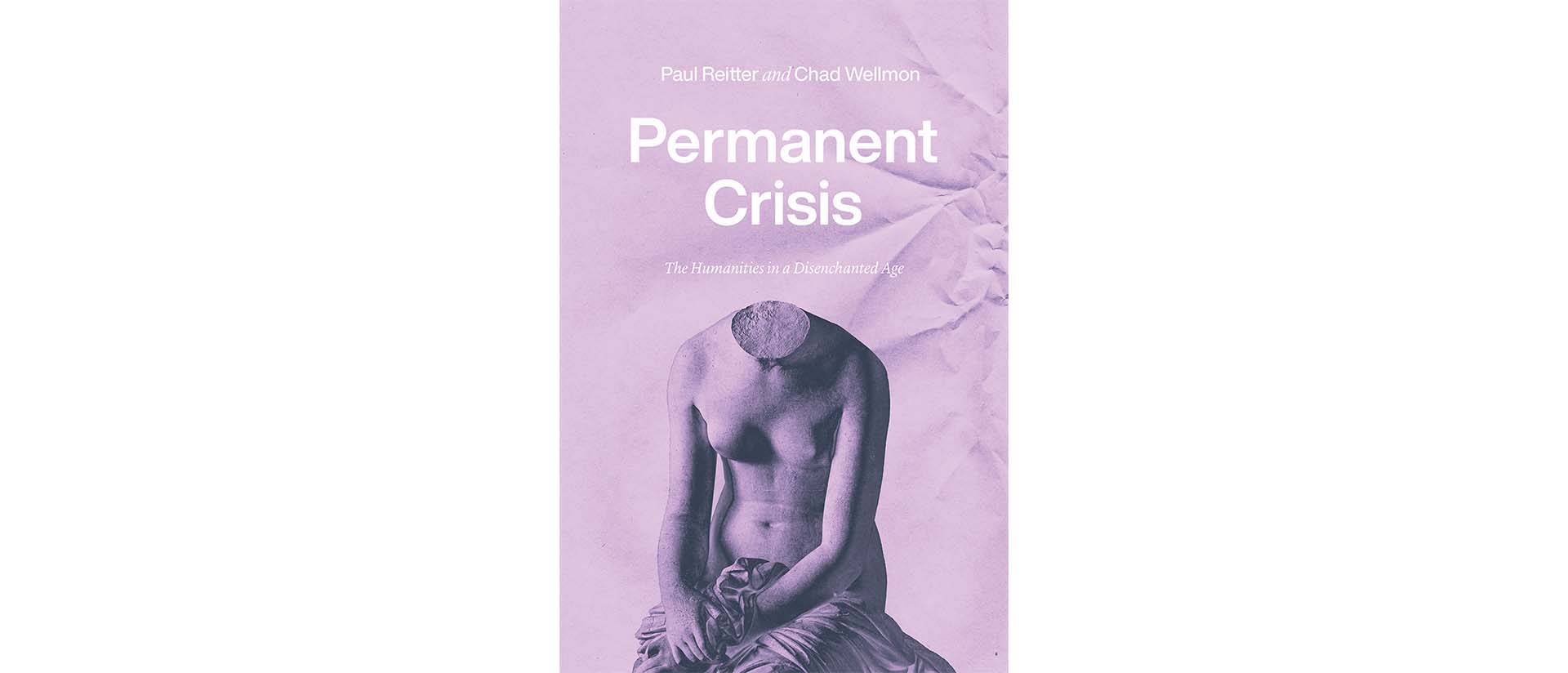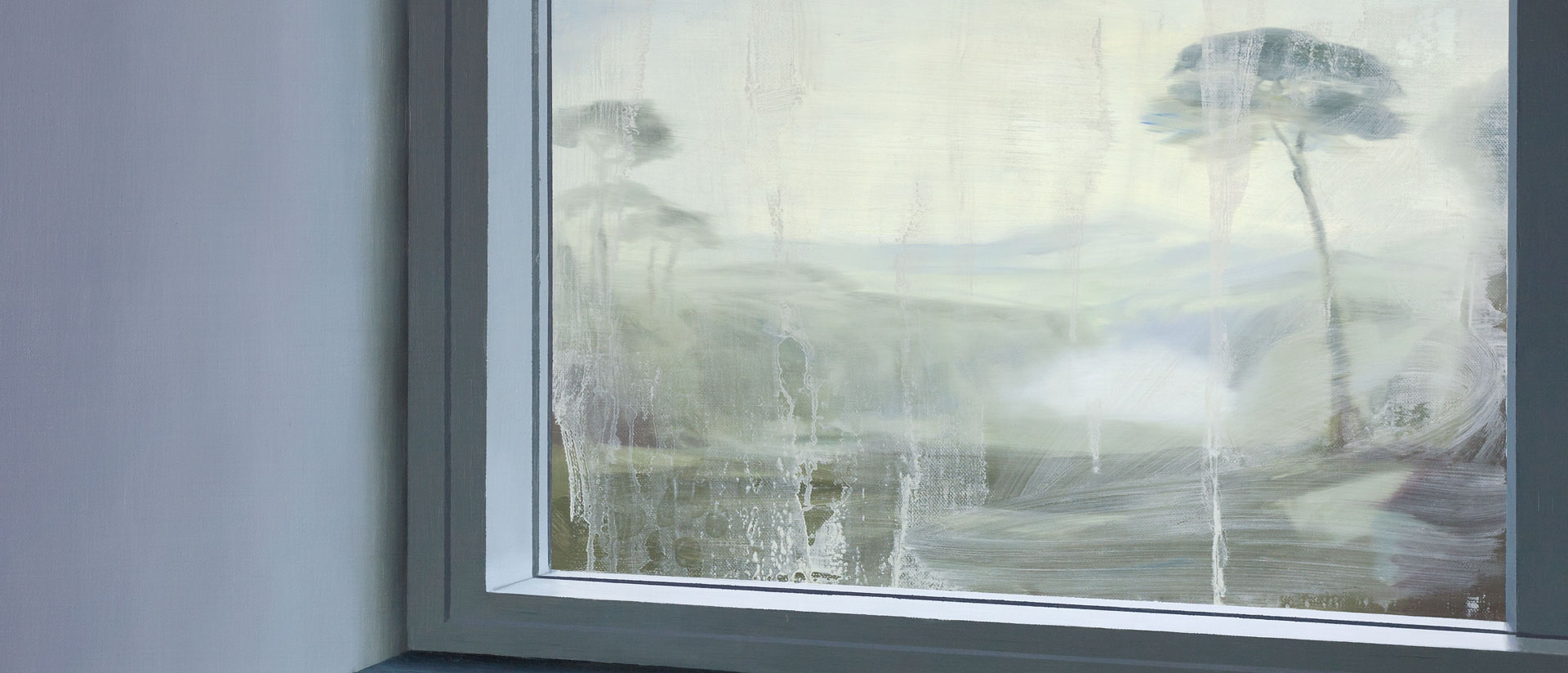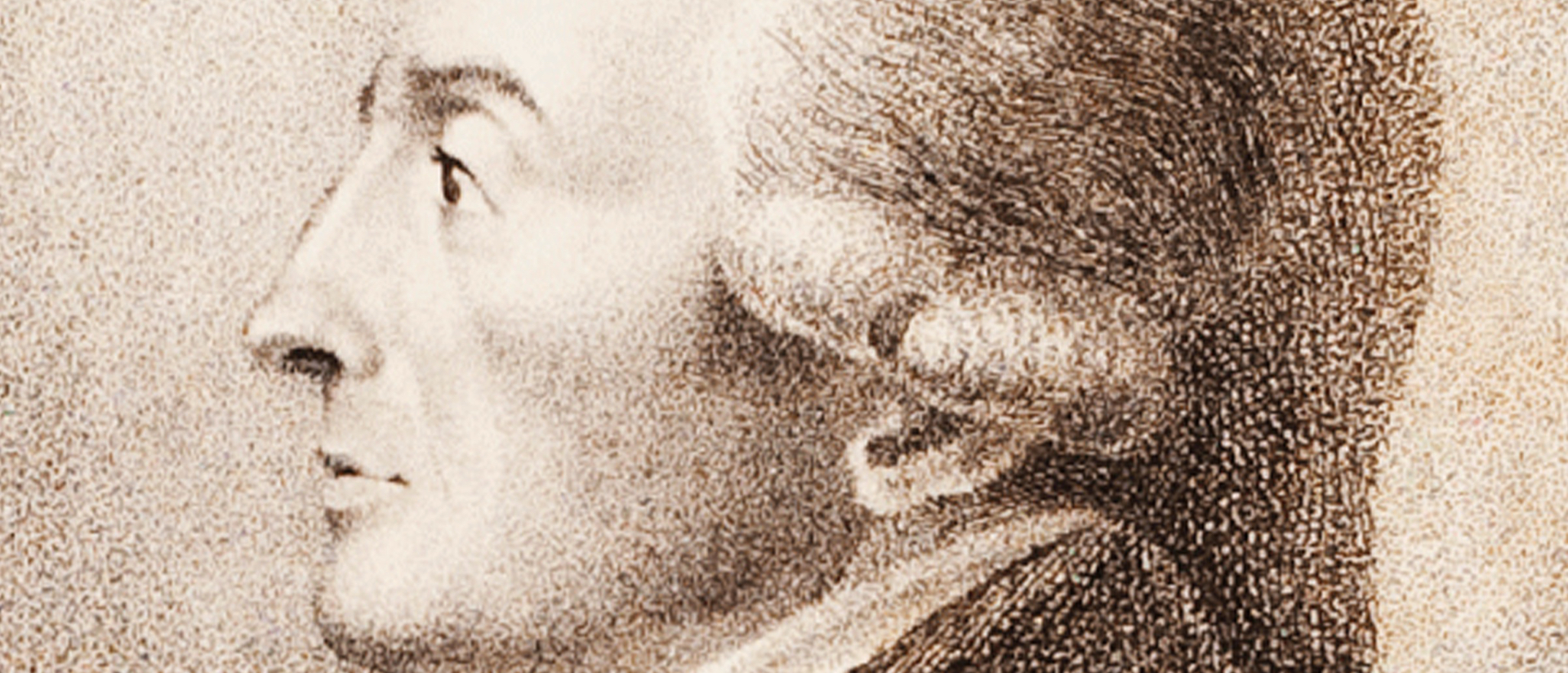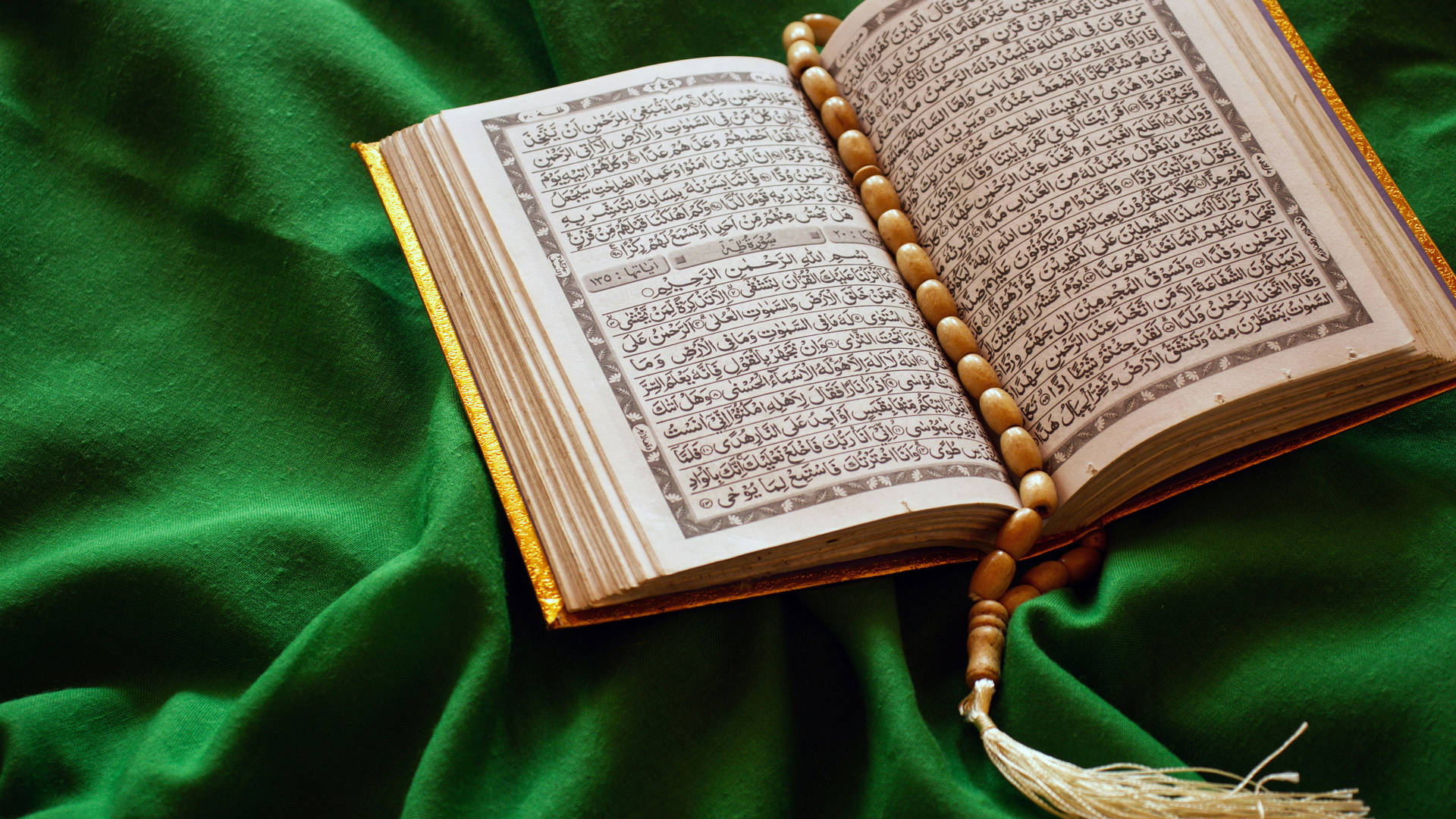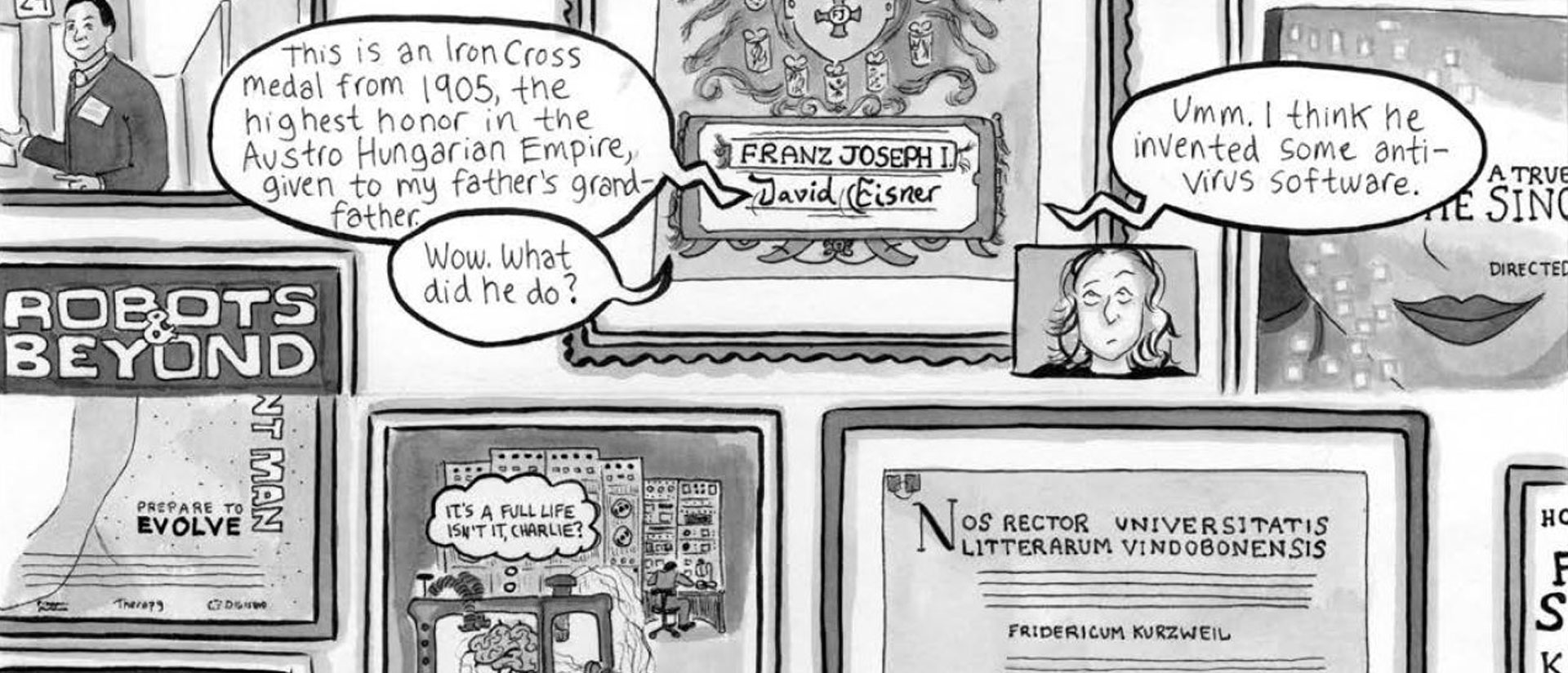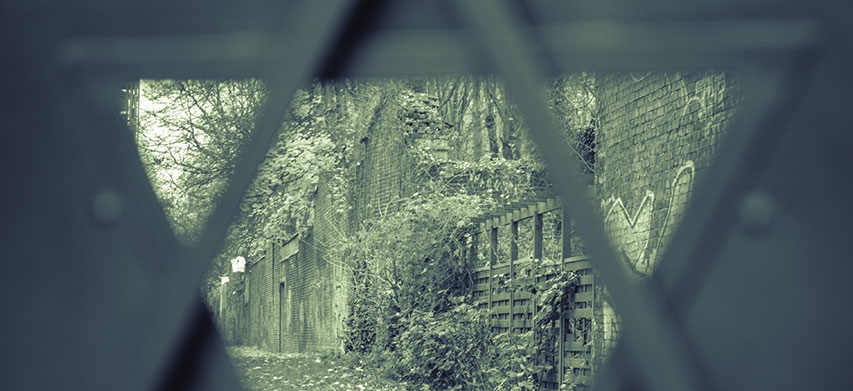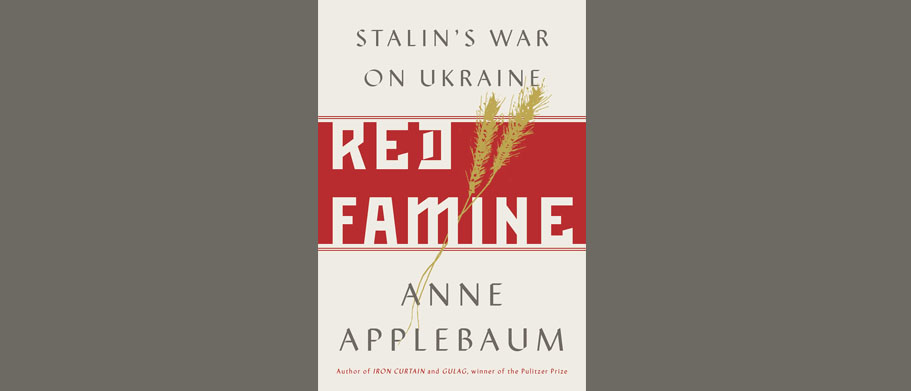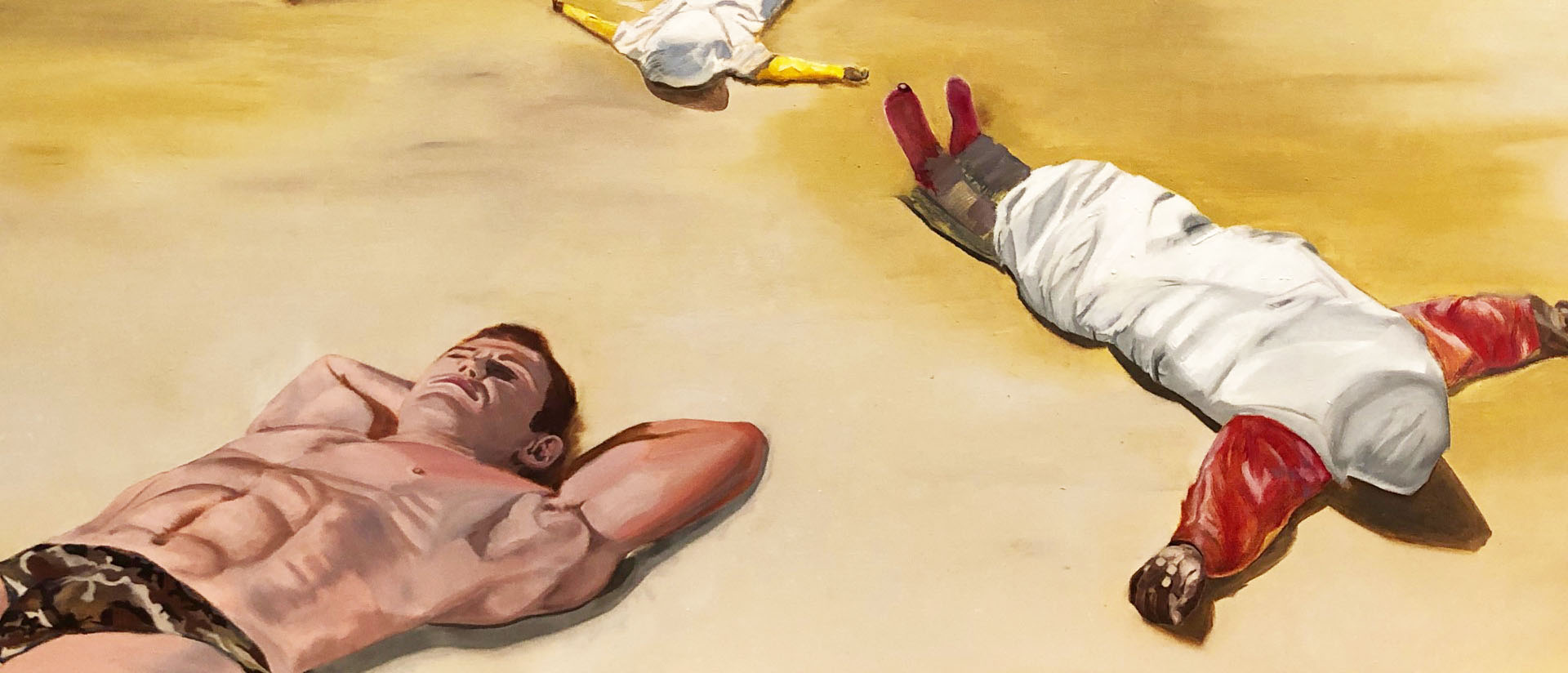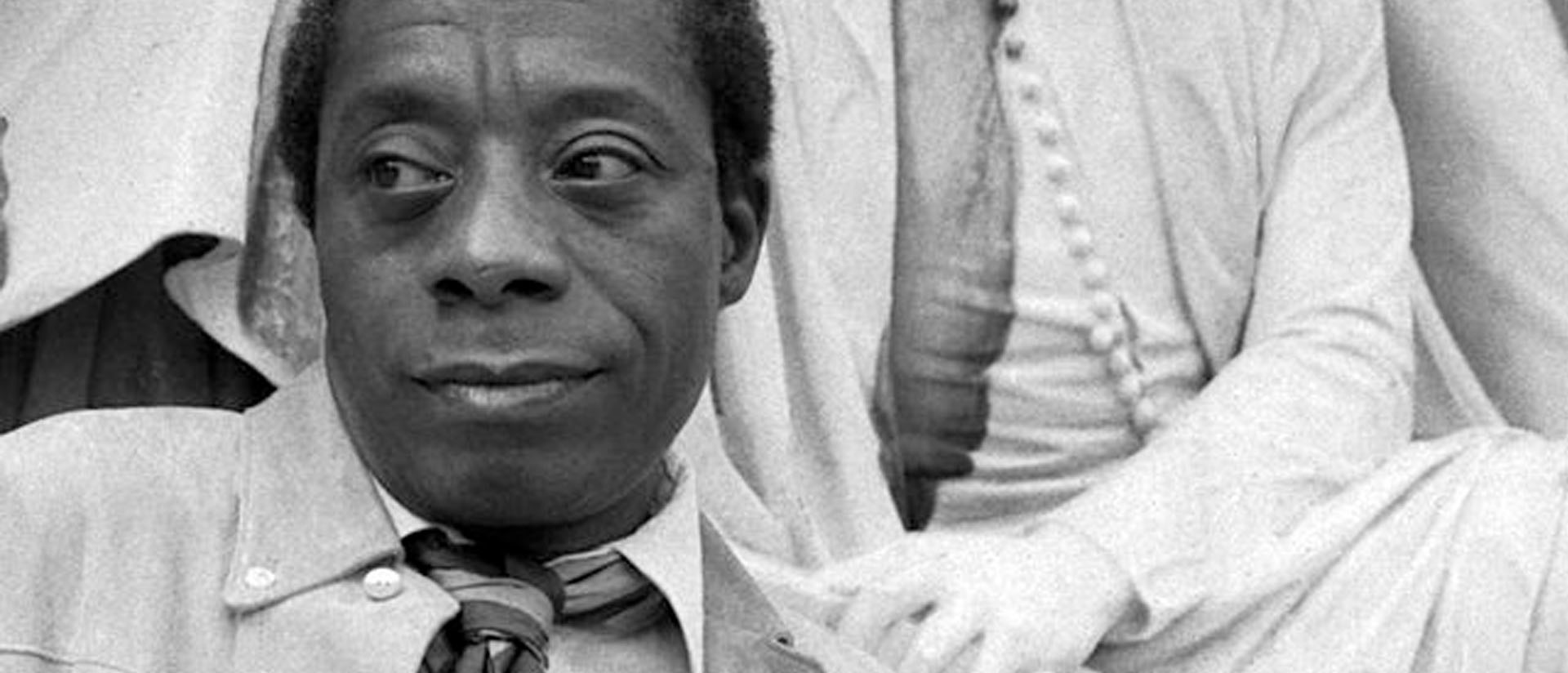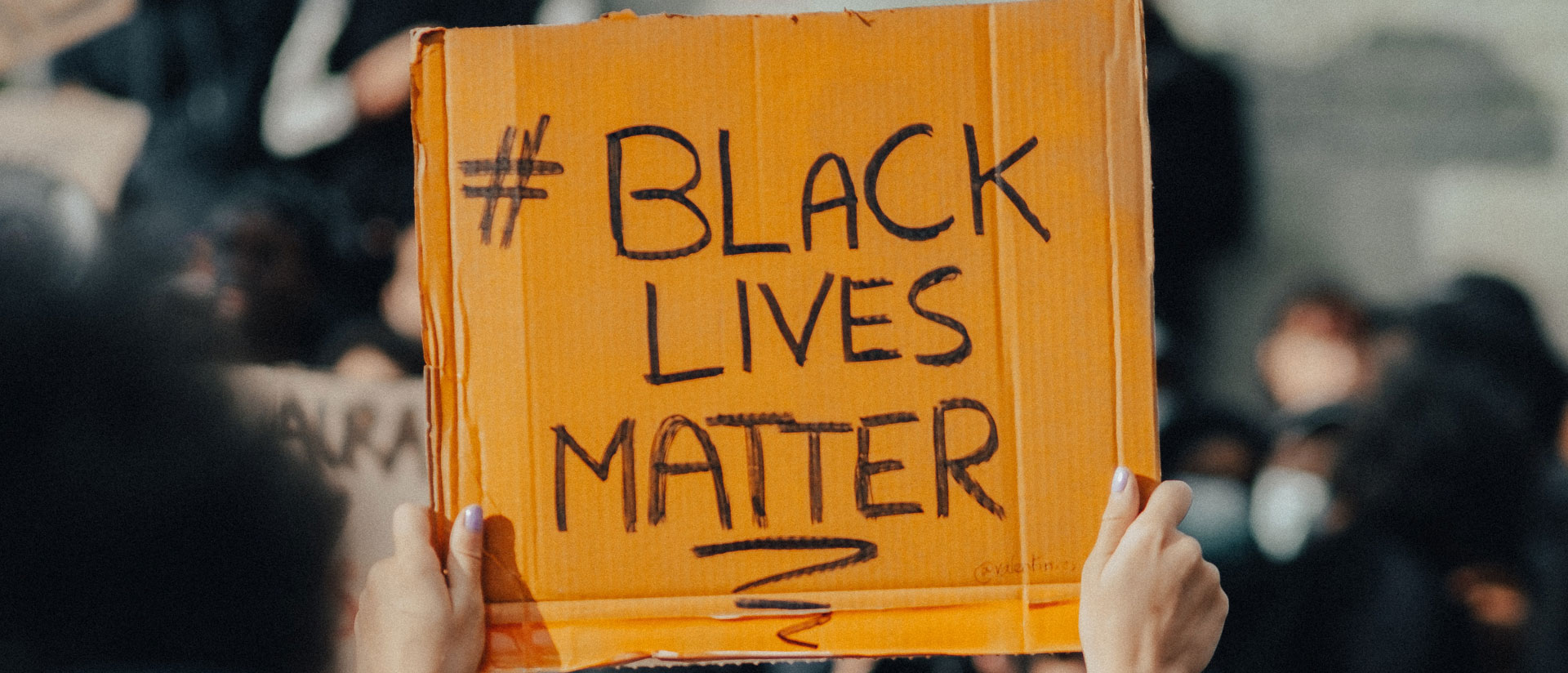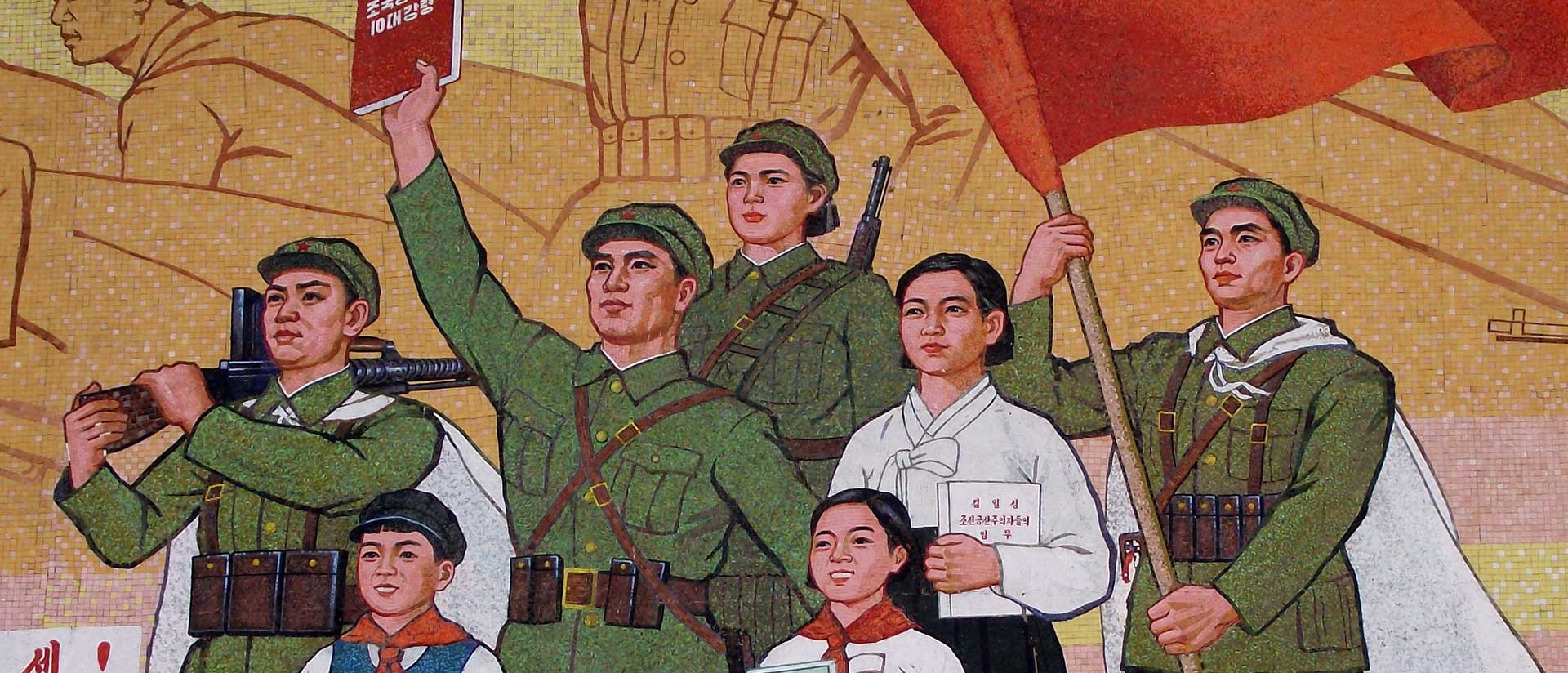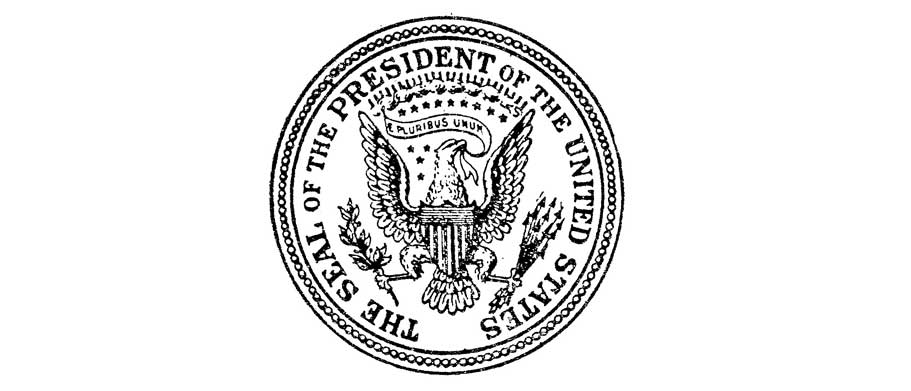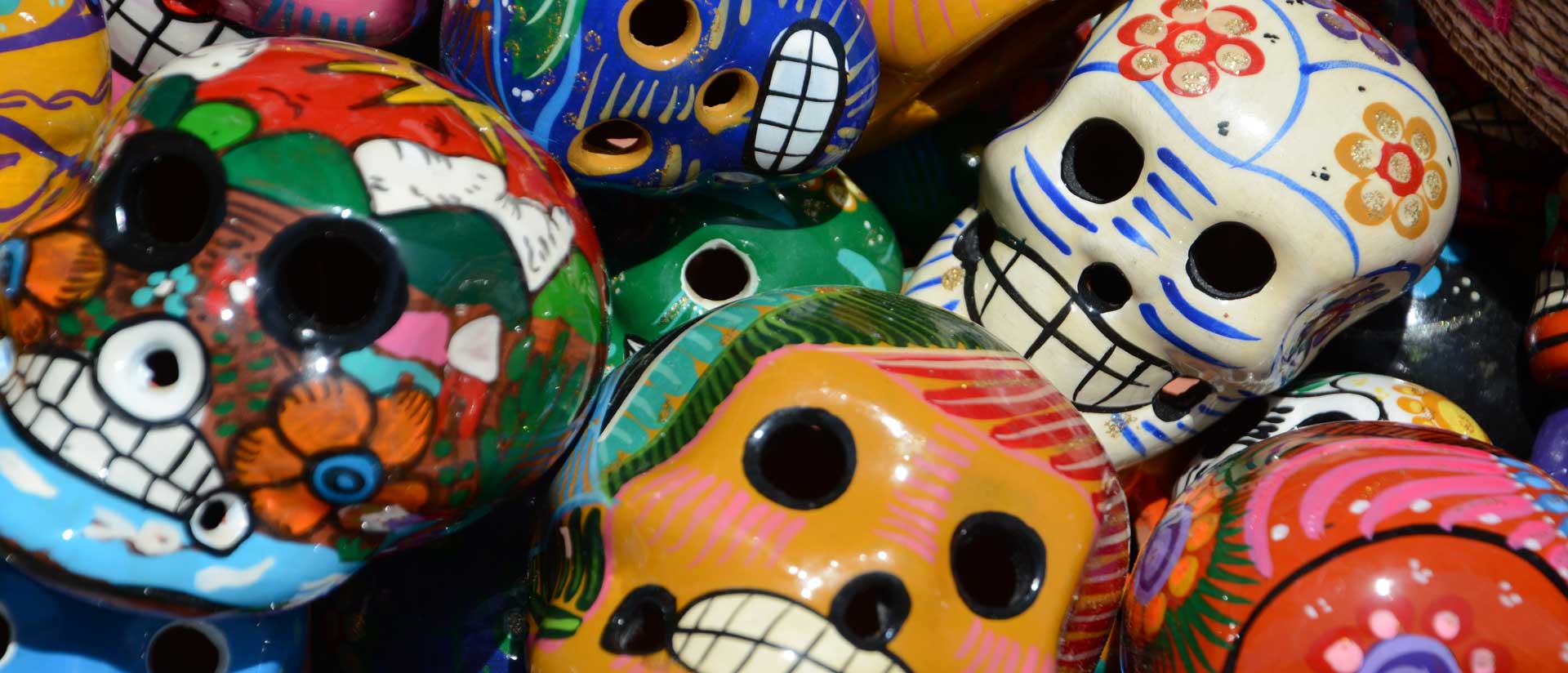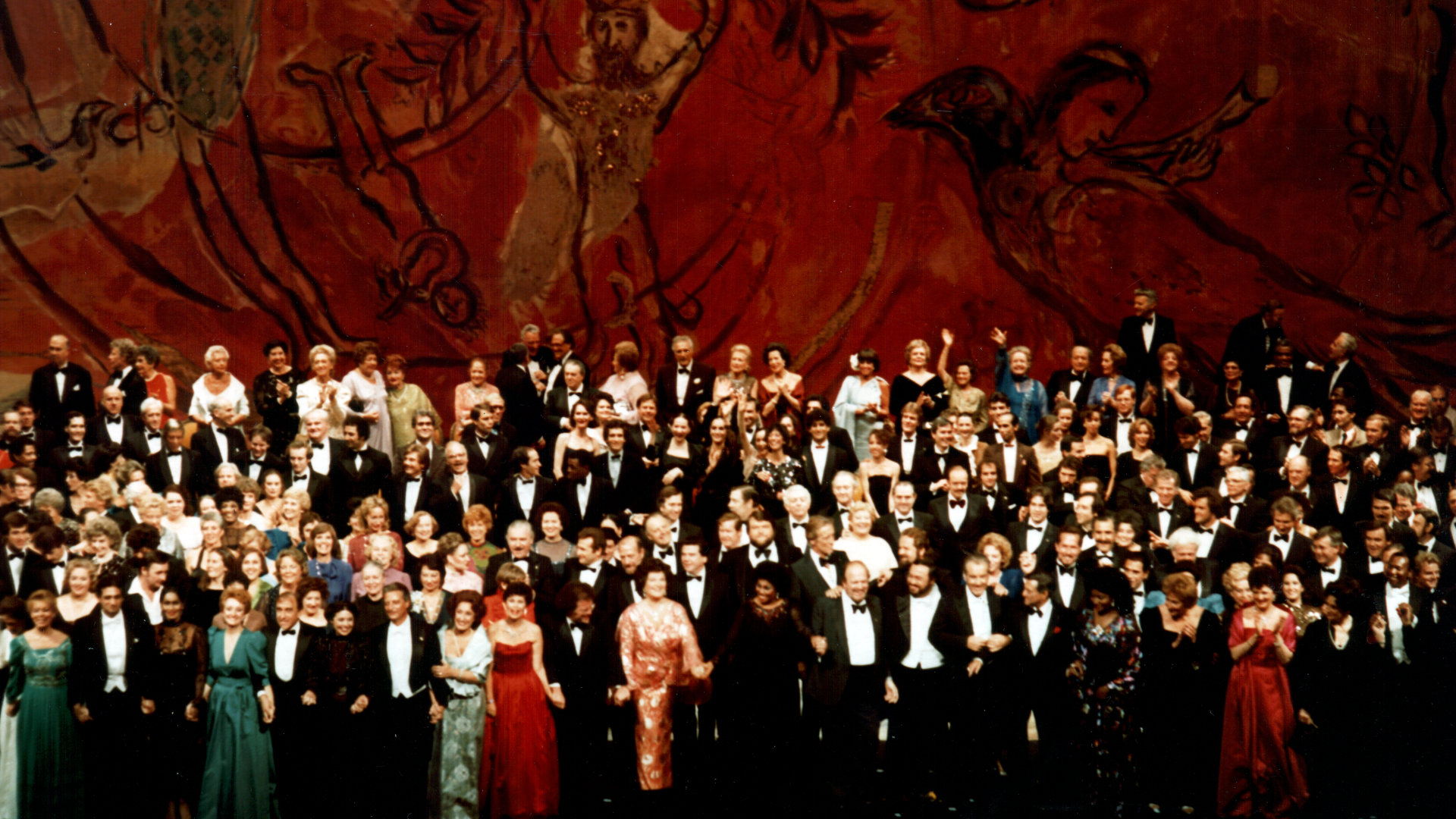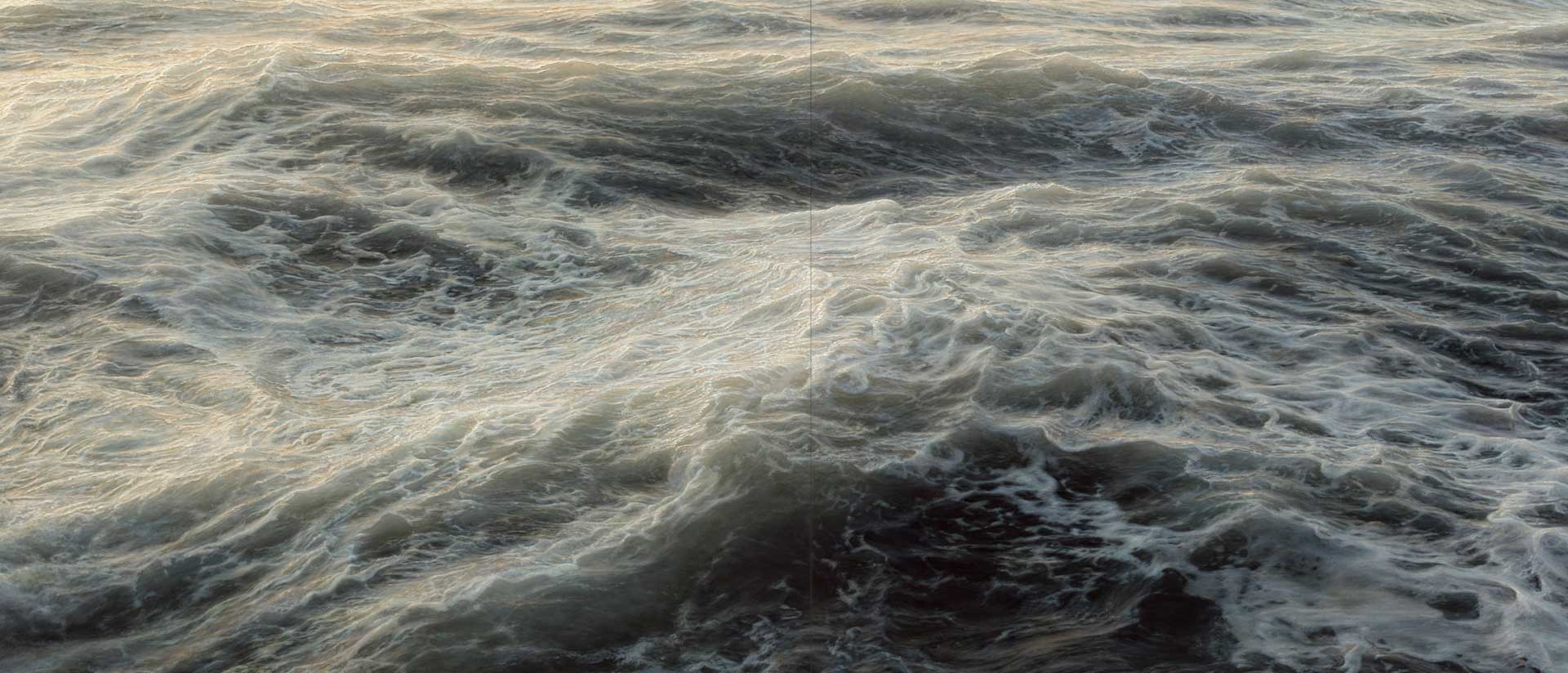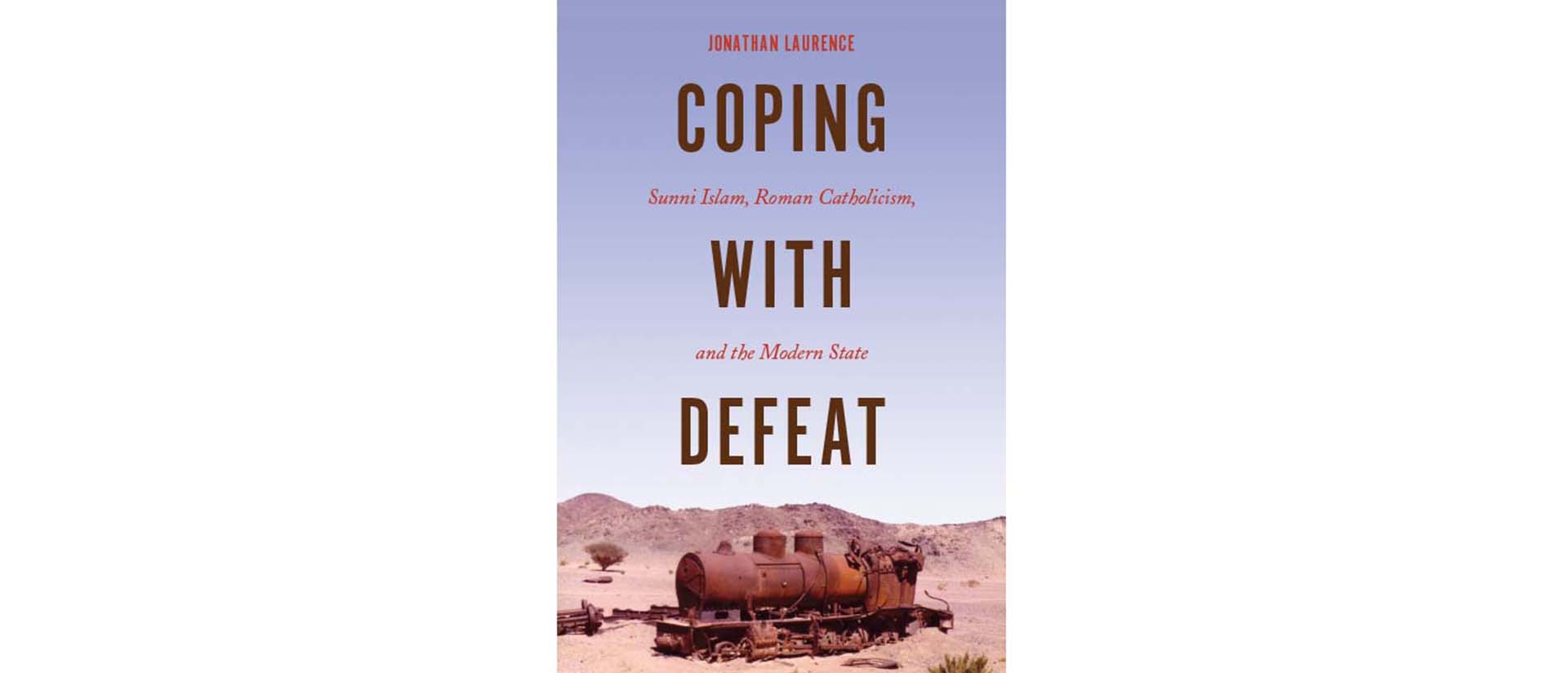
Coping with Defeat
Coping with Defeat: Sunni Islam, Roman Catholicism, and the Modern State
By Jonathan Laurence
Princeton University Press
June 2021, 606 pages
A review by Charles Häberl
For Muslims and non-Muslims alike, it is something of anathema to compare Catholicism with Islam; the two may only be contrasted. Few among either religion would disagree with Bernard Lewis’s dictum that “in Islam [. . .] there is no Vatican, no Pope, no cardinals, no bishops, no church councils; there is no hierarchy.” Thus, the concept of a “Euro-Islam” is problematic in ways that “American Catholicism” is not. When the Turkish newspaper Hürriyet asked Mehmet Görmez, the president of the Turkish Directorate of Religious Affairs, how the faith of Europe’s burgeoning Muslim populations might differ from that practiced back in their countries of ancestry such as Turkey, he retorted, “Islam is Islam. Its sources are Qur’an and the sunna.”
Jonathan Laurence, a professor of political science at Boston College, has already authored two books on these same populations and their integration. In his third book, he tackles conventional wisdom characterizing Islam as a decentralized religion without an organized clergy. He does so by directly comparing the trajectories of two different denominations of two different faiths, with specific reference to the institutional strategies they have historically employed in dealing with conquest, disestablishment, and suppression, adducing further lessons for the same theme that occupied his first two books. Laurence structures his latest work around the history of two stalwart institutions: the caliphate and the papacy. With insight and scholarly rigor, he contends that their parallel trajectories offer us an opportunity to compare the two faiths productively.
While the pope serves as both the supreme spiritual authority of the world’s largest Christian denomination and a political figure with influence radically disproportionate to his role as ruler of the world’s smallest sovereign nation, the caliph is conspicuous by his absence. At times in their long histories, however, these roles were reversed. Most recently, after the Italian conquest of Rome, in 1870, the pope became a prisoner within his former domain, the ruler of nowhere, as Catholic states around the world increasingly challenged the authority he had over his own church. Simultaneously, the Ottoman Sultan was the ruler of the world’s largest and most powerful Muslim state, revered by Sunni Muslims everywhere as the supreme sovereign of Islam, even as European powers schemed to partition his domains. If history did not repeat itself in the case of the papacy and the caliphate, Laurence suggests that it certainly did seem to rhyme. Much of this substantial tome is dedicated to the couplets that they form.
If history did not repeat itself in the case of the papacy and the caliphate, Laurence suggests that it certainly did seem to rhyme.
On October 30, 1918, the Armistice of Mudros put an end to the Ottoman role in the Great War. Just a few weeks later, on November 12, European powers entered Constantinople and swiftly divided it and the surrounding region into zones of occupation. Among the many orders of business facing the occupying powers was the fate of the Sultan, Mehmet VI Vahdettin, whose status as the supreme potentate of the Muslim world had been severely diminished by the war—and now appeared to be drawing swiftly to its end. Whether it would find that end at the hands of the Allied powers, who sought to partition his empire, or at the hands of Mustafa Kemal Atatürk and the Turkish National Movement, which had sidelined his government, remained an open question.
Though the end of the sultanate appeared to be a foregone conclusion, there remained one matter that concerned all parties: Vahdettin retained considerable cultural capital and spiritual clout. Since the days of his grandfather, Sultan Mahmud II (1808–39), the last scions of the Ottoman dynasty had arrogated to themselves an increasingly spiritual dimension, deriving from their heretofore largely ceremonial role as caliph. Over the following century, Mahmud II and his successors assumed control over (and professionalized) an ever-increasing swath of religious institutions, as well as the mantle of an expansive and unprecedentedly successful pan-Islamic movement, precisely as the boundaries of their empire inched (and at times leapt) closer and closer to its heart in Constantinople.
From Tunis to Atjeh, Friday sermons were read in their names, their pictures were hung from the walls of mosques and religious endowments, and although the number of subjects over whom they ruled declined precipitously, they still commanded the hearts and minds of hundreds of millions of followers. During WWI, the French and the British had half-heartedly pushed their own candidates for the office, but none of them were ever taken very seriously as potential successors to the Ottomans, even by their own subjects. The colonial powers were also competing for the hearts and minds of the world’s 300 million Muslims, and therefore disinclined to recognize any of the candidates that their rivals were then cultivating.
Laurence explains that, for these reasons, few were eager to abolish the caliphate, even though the sultanate appeared to be a dead letter. George Curzon, the British Lord President of the Council and Leader of the House of Lords, had already encountered the caliphate’s soft power in India, where Curzon had served as viceroy and governor-general; he recognized that its abolition would endanger Britain’s sway over its countless Muslim subjects in the subcontinent and beyond. Consequently, Curzon proposed to establish Vahdettin at Yıldız Palace, as “a sort of Vatican [. . .] as a residence and as the religious centre of Islam.” Simultaneously, Kemal Atatürk exalted the caliphate as “the central link of the spirit, the conscience, and the faith of the Islamic world,” pointedly declining to attribute any temporal role to the sultan even within the boundaries of his own country. Kemal Atatürk understood the importance of the caliphate to Muslim public opinion, particularly at home, where the Turkish National Movement had little appeal to the rump Ottoman Empire’s restless Kurdish subject population.
Laurence explains that, for these reasons, few were eager to abolish the caliphate, even though the sultanate appeared to be a dead letter.
At the first Pan-Islamic Congress of 1921, convened in Moscow and financed by the Soviets, leaders from around the Muslim world proposed a League of Muslim Nations as a counterweight to the newly founded League of Nations, which was dominated by the Allied powers—who still ruled over the overwhelming majority of the world’s Muslims. The obvious candidate for the Secretary-General for this league was the caliph. The latter finally lost his temporal powers when the Grand National Assembly abolished the sultanate from Ankara in 1922, but it duly recognized his first cousin Abdulmejid II as the successor to the caliphate only a few weeks later.
The new caliph, now finally divorced from his role as sultan, continued to reside at Yıldız Palace with his family even after the Allied forces relinquished Constantinople to the forces of the Grand National Assembly. The Ottoman dynasty and the caliphate had survived the dissolution of its empire, although their future under the new secular republic was as unclear as that of the papacy in Rome after its conquest by the Kingdom of Italy. Laurence contends that the similar trajectories of these two institutions—the papacy and the caliphate—mirrored one another up to this point and developed similarly as a natural consequence of the like circumstances forced upon them.
That is to say, the globalization of these two institutions, the professionalization of their clergies, and their turn towards education and other soft power instruments were all hallmarks of their efforts at Coping With Defeat. Laurence invites us to imagine a plausible future in which the trajectory continued, the caliphate surviving in an uneasy relationship with its host republic. Might the caliphate have served as a mediating and moderating influence between the competing Islamic infrastructures of the post-colonial nation-states, on the one hand, and the many emerging transnational extremist movements on the other? How might the integration of Muslim migrants in Europe have differed if their religious education and clergy were not imported wholesale from their various countries of origin, but rather organized and implemented under the auspices of a single, widely respected supranational figure? Would the caliphate eventually abandon Istanbul to be free from the intrigues of a fickle, and at times hostile, Turkish Republic, or would the two parties eventually come to a détente and formally recognize one another’s status, just as the Papacy and the Kingdom of Italy did in 1929? What would the likes of a Recep Tayyip Erdoğan make of a surviving caliphate, ensconced within Turkish clay? Would he view it as a rival for power or as a potential vehicle to project Turkish influence throughout the Muslim world?
Obviously, we will never know the answer to any of these questions, since the new Turkish Republic abolished the caliphate only six months after its establishment. While there has been no shortage of candidates for the office, most recently Ibrahim Awwad al-Badri, who styled himself Abu Bakr al-Baghdadi, caliph of the short-lived “Islamic State of Iraq and the Levant,” none have managed to accrue any degree of legitimacy outside of their circles, largely because no single institution has survived with the power to confer such legitimacy. The papacy may have been stripped of its temporal powers, but it went on to enjoy a robust second life in a purely spiritual domain. The caliphate has simply disappeared, never to return.
The papacy may have been stripped of its temporal powers, but it went on to enjoy a robust second life in a purely spiritual domain.
Laurence’s observation that the formalization and hierarchization of traditional Islamic structures in confrontation with modernity entailed a certain “churchification” of Islam is by no means novel, but his intervention here does exactly what it says on the tin: he proposes that the churchification of Islam along the same lines as the Catholic Church was not so much the product of a conscious program of modernization but rather of an organic and natural response to a set of circumstances remarkably similar to those that defined that church in its long history in confrontation with the same powers that subsequently partitioned the Muslim world. In short, he contends that religious professionalization and institution-building were the concrete expressions of political defeat in the era of nation-state sovereignty, as much for Catholicism as for Islam.
Of course, if the career of the caliphate mirrored that of the papacy until 1924, thereafter it went through the looking glass, and we can only speculate as to what might have sub-sequently happened. Consequently, some of Laurence’s arguments about the trajectory of Sunni Islam should probably be taken with a grain of salt, although it is here that his original research on institution-building in Muslim-majority states such as Morocco, Algeria, Tunisia, and Turkey really shines, and his argument that the disestablishment of official Islam and its suppression in the countries that host a growing Muslim diaspora hinders democratization and enables extremism is an important one.
Here, once again, he draws a compelling parallel between these diasporan populations and their Catholic equivalents in the New World before they were formally integrated both into their host populations and the hierarchy of the Catholic Church. The former provided fertile soil for the cultivation of Muslim extremists from the Middle East; the latter did the same for the cultivation of Catholic anarchists from Ireland and Italy, who unleashed a wave of terror, bombings, and assassinations upon the world. The successful pacification and integration of Roman Catholics into the American body politic provides an obvious object lesson for the resolution of the Muslim question in Europe and elsewhere outside the world of Muslim-majority states.
Coping With Defeat is a provocative work, one that puts a new spin on an old question and illustrates it with original research, both figuratively and (in the case of the numerous infographics that accompany each chapter) literally. Laurence’s discussion of the subsequent trajectory of Islam is necessarily speculative, but it is well-informed and compelling speculation. Having consolidated a wealth of information on the history of Roman Catholicism and Sunni Islam, and contributed to it his own original insights, Laurence has created an invaluable reference for scholars of both traditions as well as any public interested in the operations and aims of religious institutions in the age of national sovereignty.
Charles Häberl is Chair and Associate Professor in the Department of African, Middle Eastern, and South Asian Languages and Literatures at Rutgers University. This review of alumnus Jonathan Laurence‘s book was published in The Berlin Journal 35, 2021-22, pp. 81-83.

